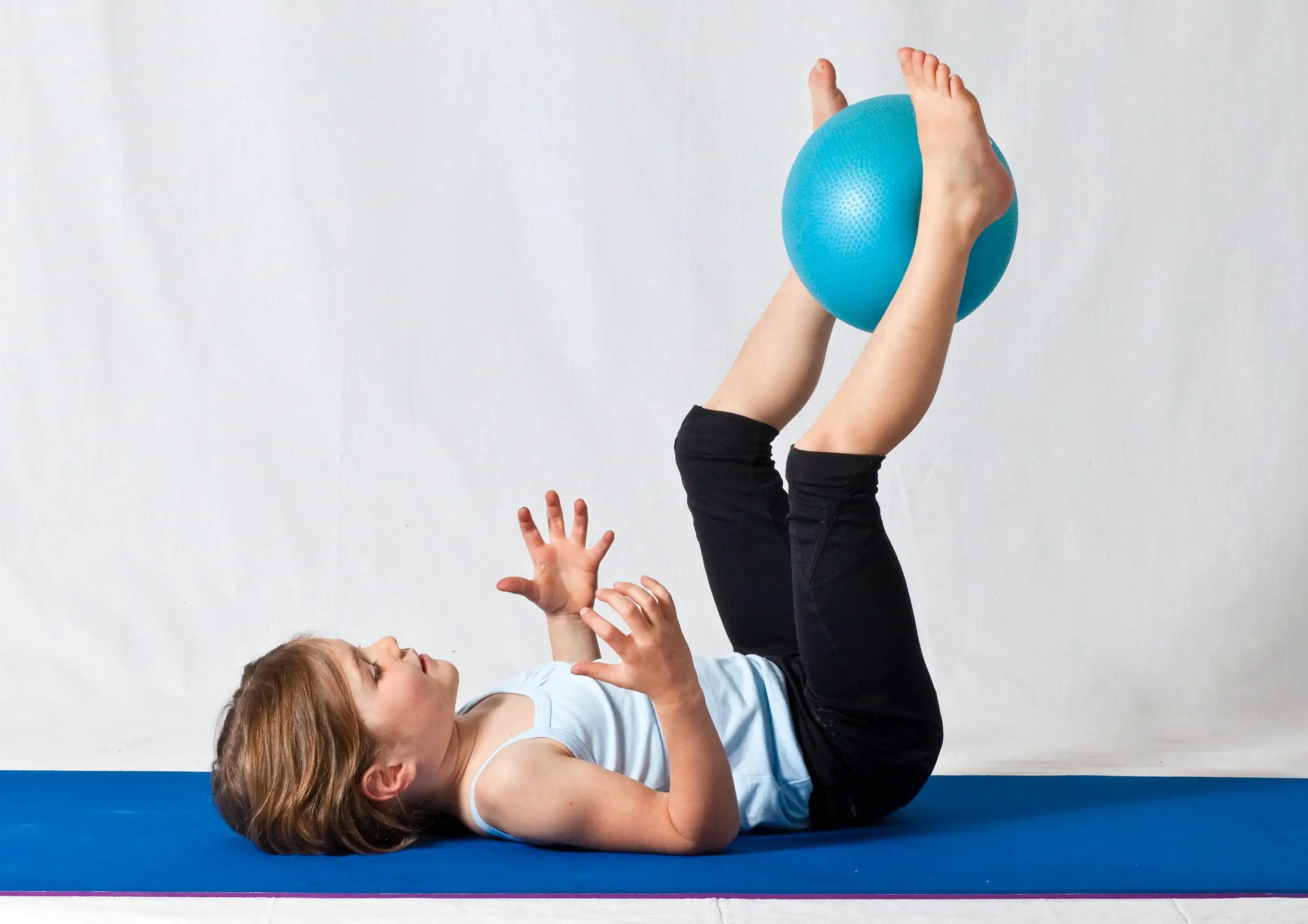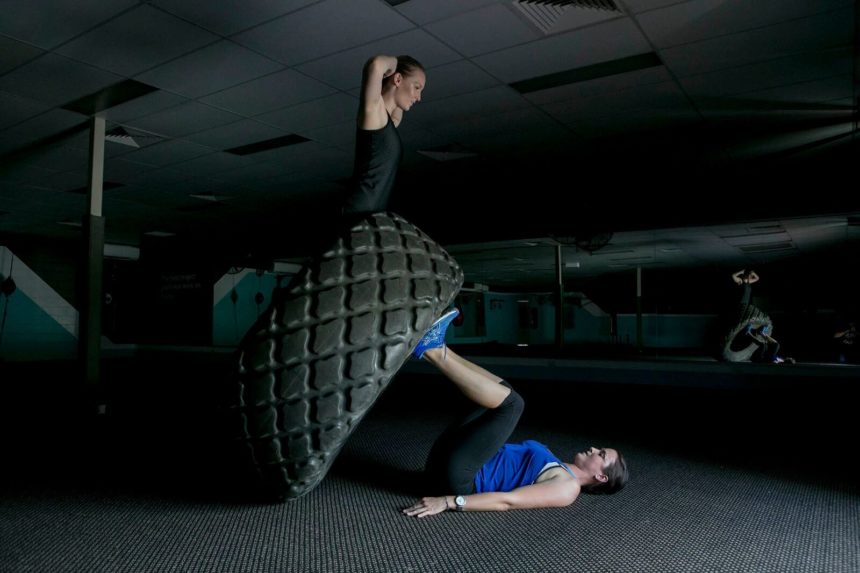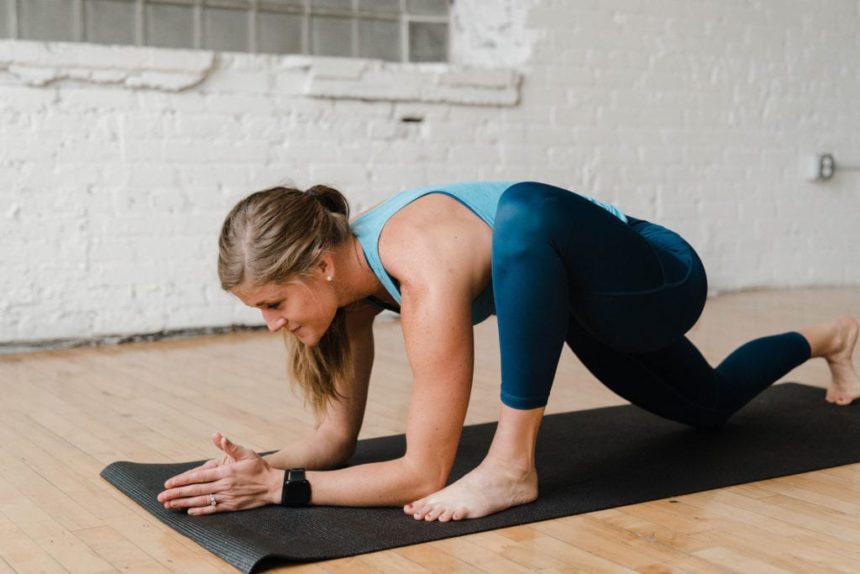Kids Yoga Classes North Brisbane – Active Life Fitness Everton Hills
Yoga is one of the oldest known systems of personal development and stress release for human beings (Berger, Silver, & Steni, 2009). A traditional yoga practice includes controlled breathing, physical postures, including standing, balancing, forward bending, back bending, and twisting poses (Berger et al, 2009). All of which help the mind focus, promote relaxation, strengthen the body, and increase flexibility (Berger et al, 2009). By becoming aware of these benefits and establishing habits of regular yoga practice from an early age, parents have the ability to allow their child to reap reward by starting yoga at a young age. With yoga becoming increasingly popular for children, we’re excited to be launching our very own Kids Yoga Classes from July 23rd. We feel kids should have the same opportunity to reap these health benefits too, and starting young allows them to establish healthy habits that can be carried on throughout their adulthood (Thomas, 2008).
From a physical perspective, yoga allows a child to have increased flexibility, strength, coordination, and body awareness (Thomas, 2008). By establishing this from an early age, children are then able to become more aware of their bodies by being present during poses and learning of the different muscles that are working in order to strengthen and lengthen (Thomas, 2008). Being present is simply having awareness in the moment of what is unfolding both within and around a person so that he or she can connect with it. (Seiler, 1978). A strong body allows for better digestion, maintenance of a healthy weight, and offers increased support when carrying heavy loads, such as a backpack. The awareness of breath will also be bought to the child’s attention during a typical yoga practice, which allows for greater concentration of the present moment, and the expansion of lung capacity (Berger et al, 2009). By incorporating movement and breathe, muscles become warm and flexible, allowing for increased flexibility (Thomas, 2008).
With the exposure to breathing techniques, children are found to be more relaxed by relieving the stress likely to build up during their own thoughts, and parent’s busy schedules (Thomas, 2008). Considering the vast majority of children’s activities are based around competition, it’s nice to have them involved in an activity that fosters cooperation and compassion, rather than opposition (Seiler, 1978). The focus of inner peace and self-love allows for an extremely positive goal, as opposed to focusing on the talent of an individual to shoot a goal, tackle an opponent, or beat someone else (Seiler, 1978). The separation of the activity from the individual’s efforts allows for less comparison and greater enjoyment for a child (Seiler, 1978). Yoga is a safe and creative place for children, with no sense of being the best, allowing them to explore their bodies together and learning from them in their own way (Thomas, 2008). Learning to incorporate self-love into their life from an early age means they are further developed in tackling issues related to confidence, self-worth, and taking up space (Thomas, 2008). In life, we’re encouraged to take up less space, by being told to be quiet, or be smaller or thinner, and we’re never really taught to take up more space as individuals. It’s only when we grow older that we learn more about body awareness, confidence, and self-esteem. By being encouraged to take up more space as human beings from a young age, children would have increased awareness within themselves, know what their bodies are capable of, and be confident to find out place on Earth.
The principles of yoga aid children in connecting to themselves and the world around them. The physical movements and breathing patterns expose children to yoga’s true meaning; union, expression, and honour for oneself and one’s part in their own walk of life (Berger et al, 2009). Learning to be present is the cornerstone of a child’s learning experience, and yoga is just one of several routes to that presence (Seiler, 1978).
If you’re wanting your child to reap these rewards, allowing them to gain a head-start with body awareness, breathing techniques, an avenue to relieve stress, and a way for your child to explore, then we encourage you to come in and have a chat to the team at Active Life or give them a call on (07) 3353 2222. Our kid’s yoga classes are available to children aged between 5-15 years old, and are capped, so be sure to get in contact quickly as spots are filling up quickly! We hope to see you and your little one in our Yoga Studio soon!




